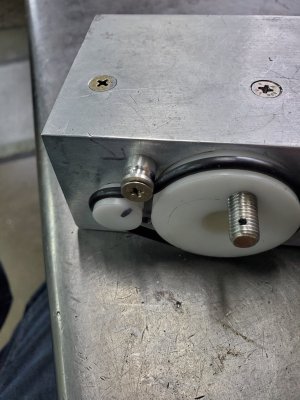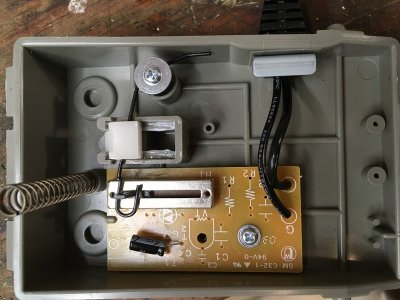DPittman
Ultra Member
So I've been adapting an ancient old sewing machine from a clutch driven motor to a variable speed dc motor I salvaged from a treadmill. I want to use a foot driven potentiometer as the speed control. The original treadmill had a finger controlled potentiometer. I think I've got the basic mechanism figured out for the foot pedal to operate a crank which then in turn is suppose to operate the potentiometer.
My first attempt was using gears (salvaged from an old drill) but the flex in the potentiometer shaft caused binding of the gears. After much frigging around I finally abandoned that idea and decided to try to make a belt driven wheel work in my contraption. Given the size and format of the overall foot operated mechanism I started with my wheels could only be a certain size. The wheel on the potentiometer is very small and doesn't have enough friction for the oring belt to provide consistent turning of the potentiometer. I used nylon for the gears. I've turned out a another small gear for the pot out of aluminum hoping that is would be less slippery than nylon but haven't tried that yet and do not have much hope for that either.
I think I'm probably going to have to go back to the drawing board. Part of my troubles is that I don't actually do any drawing but make up things as I go along trying to use materials and supplies I have on hand.
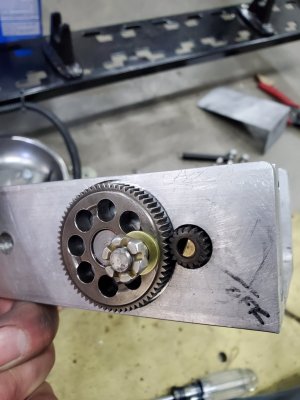
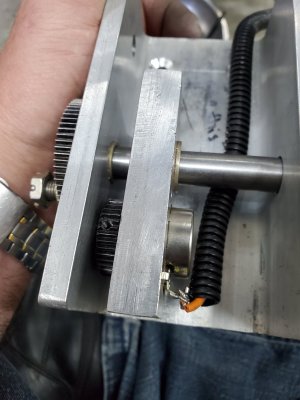
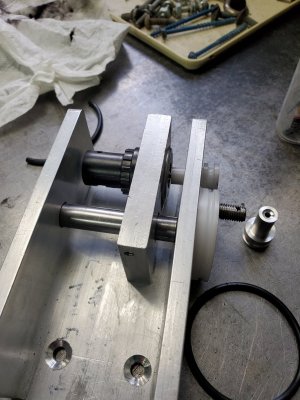
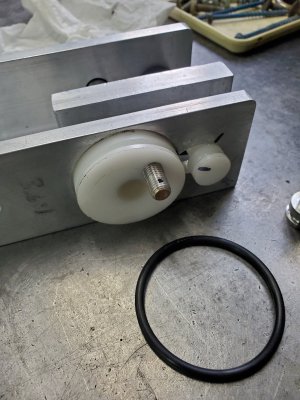
My first attempt was using gears (salvaged from an old drill) but the flex in the potentiometer shaft caused binding of the gears. After much frigging around I finally abandoned that idea and decided to try to make a belt driven wheel work in my contraption. Given the size and format of the overall foot operated mechanism I started with my wheels could only be a certain size. The wheel on the potentiometer is very small and doesn't have enough friction for the oring belt to provide consistent turning of the potentiometer. I used nylon for the gears. I've turned out a another small gear for the pot out of aluminum hoping that is would be less slippery than nylon but haven't tried that yet and do not have much hope for that either.
I think I'm probably going to have to go back to the drawing board. Part of my troubles is that I don't actually do any drawing but make up things as I go along trying to use materials and supplies I have on hand.






